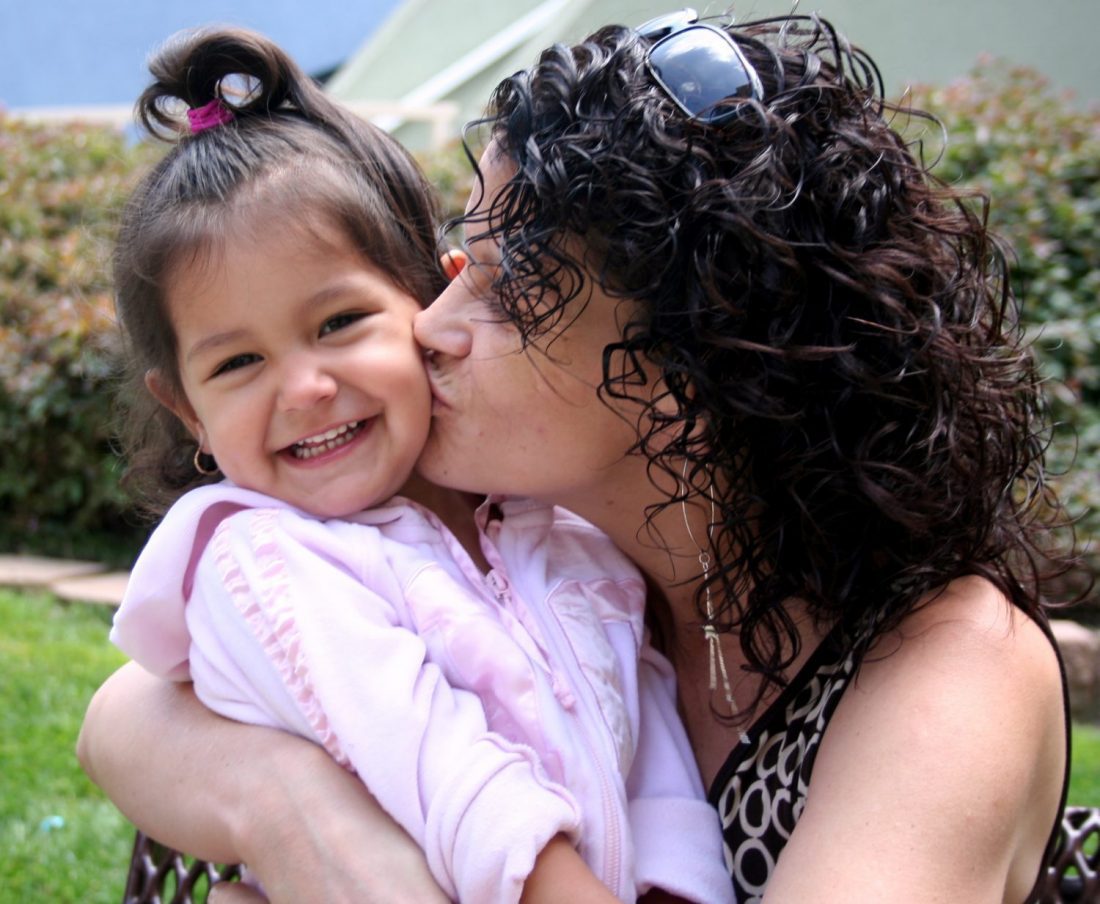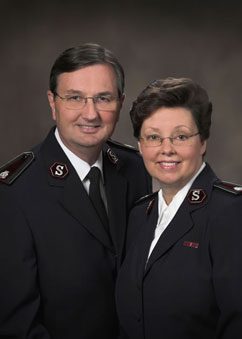Tranquility base
by Robert Docter, Editor-In-Chief –
It was on July 20, 1969, at 2017 GMT that Astronaut Commander Neil Armstrong flashed the simple, concise message back to NASA’s Mission Control in the Johnson Space Center:
“Houston—Tranquility Base here. The Eagle has landed.”
Man had landed on an object in space for the first time.
A sigh of relief escaped from the hearts and lips of American television viewers who had positioned themselves before their television sets to observe first hand, a live broadcast of Armstrong’s and Buzz Aldrin’s landing on the moon’s Sea of Tranquility. As the craft approached the landing site Armstrong observed that large boulders filled the area making the landing there unsafe. Armstrong took control and manually piloted the lunar module to a safer landing site. He landed with a computer alarm sounding continuously and with only 30 seconds of fuel remaining.
I suspect that in American homes there was considerable open-eyed praying going on, climaxed with that giant sigh of relief as well as a verbalized “Amen.” In the background, however, lurking unstated, all this combined with the anxiety of not knowing what might go wrong when they tried to return to the command module where Michael Collins continued his orbit of the moon.
We all need to know how to get to the Sea of Tranquility—how to land safely at our own Tranquility Base and how to use it while we’re there. Getting there personally requires an individual effort. I think we can get some ideas about how to get there and back from NASA.
Tranquility,—calmness, peaceful serenity, is a pressure free spring board to accomplishment. It presents itself in a context of other events. Often, those events are challenging. This was the case in a somewhat tense and questioning America. Maybe a little bit like today.
Signaling the dawn of the space age, on October 4, 1957 the Soviet Union’s “Sputnik 1” satellite first orbited earth. Its payload weighed in excess of 180 pounds— much heavier than the three pound payload America was planning to use. This rocket capability brought some significant concern and caught the U.S. off guard.
The spring of 1961 brought some remarkable developments. In April Yuri Gagarin, a Soviet astronaut, orbited the earth in Vostok 1 for 108 minutes to became the first man in space. One month later, American astronaut Alan Shepherd had a 15 minute suborbital flight.
America seemed to be falling further behind, and Americans felt ill at ease, concerned, worried—almost attaching some greater significance to the space race than it deserved—seeing it as a prime indicator of this nation’s identity as an achiever.
Competition is motivating unless one’s concern becomes despair.
It took leadership to stimulate the nation’s will, and it took exceptional risk-taking courage to activate that will. President John F. Kennedy delivered.
As the race started a second lap, Kennedy used the Russian competition as motivation for this nation’s space plans. On May 25th, 1961 he addressed a joint session of Congress and a national television audience. “I believe that this nation should commit itself to achieving the goal, before this decade is out, of landing a man on the moon and returning him safely to earth,” he said to the world. He had presented a clear vision and identified a measurable, realistic goal. He harnessed the American will.
I suppose he could have tried to hedge his bet on this effort—to use some “weasel words” that would allow him a way out if we were unsuccessful. Instead, he presented the challenge boldly and bluntly—clear, unambiguous, concise and measurable.
Almost immediately, a new buzz filled the air as America demonstrated her bold, courageous commitment to a new plan. Hundreds of thousands of people began working together and just eight years later the plan was achieved five months before the end of the decade. Throughout the following three years ten more astronauts set foot on the moon, among them, Alan Shepherd.
Kennedy asked for resources and got them—in the billions. The program needed a more powerful rocket booster and the Saturn V was soon on the drawing boards. Just seven months prior to the flight of the Eagle it lifted Apollo 8 and placed in the moon’s orbit to test systems and explore landing sites.
Now—the hard part—achieving the goal of going to the moon and back.
Think of the numbers of individual tools still to be designed to achieve the construction of yet unplanned rockets and space vehicles. The program demanded extensive creativity innovation and improvisation.
Think of ideas investigated that didn’t work but were tried. Think of the amount of human training in various responsibilities demanding numerous skills. Think of the plans drawn, the meetings held, the reports written, the hardware constructed, the testing of seemingly crazy ideas—and on and on.
Today, American astronauts join Russian cosmonauts in the same vehicle, and both work together constructing, expanding and improving the space station—someday to be a launching site to explore galaxies as yet unknown.
The space program ushered in a new age. Our challenges, while of somewhat lesser consequence, are also important. We can surmount difficulties with strong leadership toward a specific goal, a dynamic will, combined with risk-taking courage, deep commitment, physical, mental and practical resources, the willingness to engage in innovation and improvisation—and foremost—to invite God to be part of the action.
It all starts at Tranquility Base. You can find it if you want to.













